Uremol Review: What is Urea Containing Cream Used For?
Dry skin is a common condition experienced by thousands of Canadians, especially during the dry winter months. Dry skin can be due to one or a combination of different factors[1]. Sometimes your skin becomes so dry your heels start cracking, or you may have a genetic condition causing the outer layer of your skin to become thick (hyperkeratotic conditions) – it’s challenging to find relief. Uremol® is a urea containing cream used for conditions where the skin needs to be softened, but does it really work? We did the research for you, so continue reading to find out!
What Is Hyperkeratosis?
Hyperkeratosis (Hyper-ker-a-toe-sis) is a condition where the outer layer of your skin becomes thick. This outer layer contains a protective protein called keratin. The thickening occurs as a way to protect your skin from external conditions such as:
- Rubbing and repeated friction (ie calluses, corns)
- Very dry skin (ie. cracks in heels)
Or from inherited conditions such as:
- Chronic atopic eczema
- Lichen planus (a condition causing swelling and irritation, appearing like purplish, itchy, flat bumps on the skin)
- Ichthyosis (a condition where dead skin cells accumulate and form dry, thick scales on your skin)
What is Uremol?
Uremol is a non-prescription (over-the-counter) cream used to help soothe dry, itchy skin. It contains the active ingredient urea and comes in 2 different strengths of[2]:
- 10%
- 20%
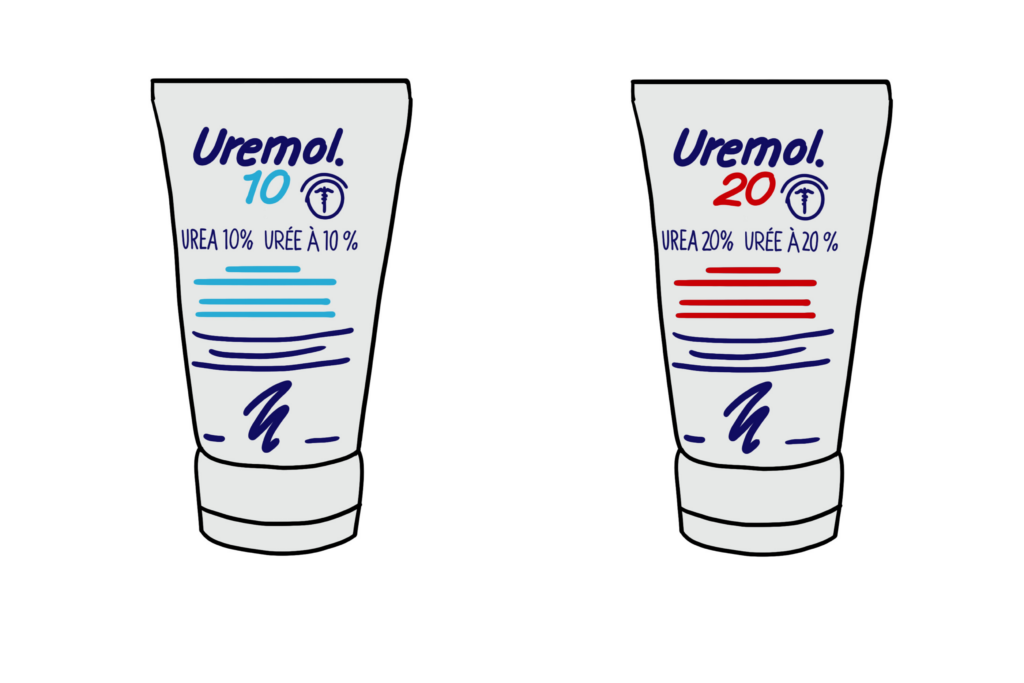
What Ingredients are in Uremol?
| Medicinal Ingredient: | Urea |
| Non-Medicinal Ingredients: | Caprylic, Caprilic triglyceride, carbomer 940, ceteareth-12, ceteareth-20, citrid acid, diazolidinyl urea, glyceryl monostearate, methylparaben, octyldodecanol, potassium phosphate monobasic, propylene glycol, propylparaben, purified water, sodium phosphate dibasic |
How Does Uremol Work?
The ingredients in Uremol prevent and treat dry skin. Uremol is an emollient, a moisturizer, and used to soothe dry itchy skin[3]. Urea, the active ingredient in uremol has specific properties to help the skin listed here:
Fast Fact: an emollient has water-retaining properties, are useful in replacing natural skin oils, covering tiny fissures, and providing a protecting film
Urea Properties[4][5][6]:
- Humectant: Urea helps draw water into the skin
- Hydrating: Urea can be hydrating
- Restores urea in the skin: Dry skin is typically deficient in urea, and uremol acts to increase the skin’s moisture content by restoring levels of urea in the skin
- Keratolytic: Urea is a peeling agent, that softens the outer layer of the skin and causes shedding (has keratin softening action at concentrations 10% or higher)
What Is Urea Containing Cream Used for?
The use of urea containing creams to treat various skin conditions has been reported on for more than a century. A literature review cited, that urea has been used for the following skin conditions[7]:
- Hydrating dry (otherwise healthy) skin
- Ichthyosis (a condition where dead skin cells accumulate and form dry, thick scales on your skin)
- Atopic dermatitis (commonly referred to as eczema)
- Contact dermatitis
- Hyperkeratosis
- Radiation-induced dermatitis
- Psoriasis/seborrheic dermatitis
- Onychomycosis (fungal infection of the nail)
- Tinea pedis (athletes foot)
- Pruritus (itchy skin)
- Dystrophic nails (damaged, infected or discolored nails)
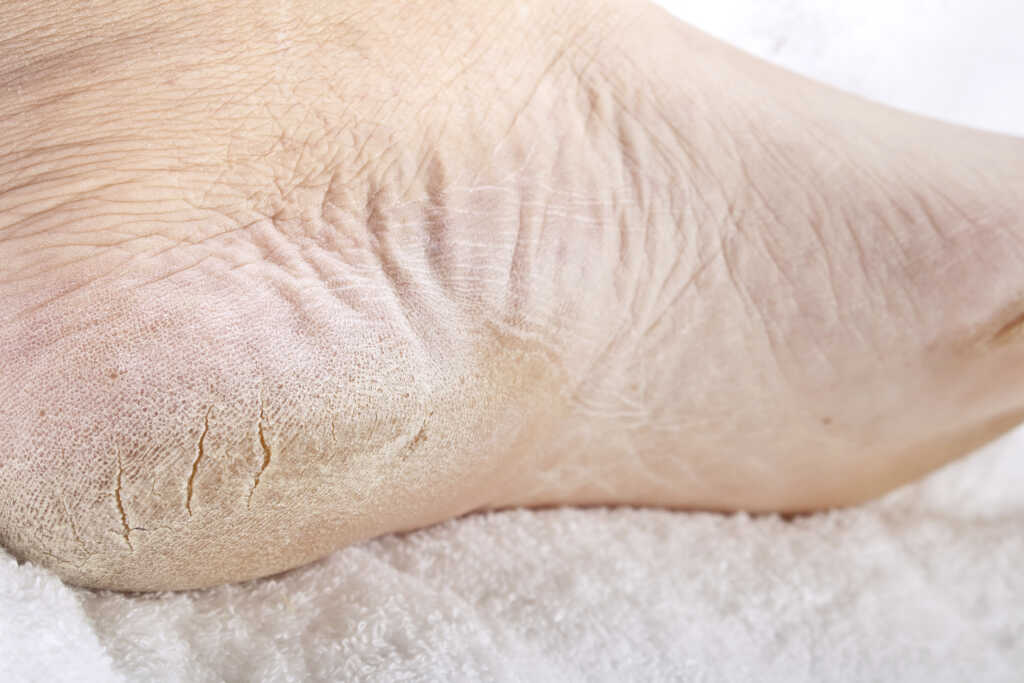
Does Urea Containing Cream Really Work?
Overall, urea has been used safely and effectively in large populations of patients experiencing different skin conditions (listed above). Urea is moisturizing and keratolytic, making it useful in diseases causing dry and scaly skin. It has also been found to improve absorption when used with other topical drugs for the skin as well[7].
Depending on how dry your skin is or what skin condition you are experiencing, you may need to ensure you are using the right concentration. In concentrations of 10% (and lower), urea‐containing creams act as a skin moisturizer, while at higher concentrations greater than 10% (such as 40%) urea‐containing creams act as keratolytic, peeling or shedding the top skin layer[6].
How Often Should Uremol Be Applied?
Uremol can be applied to the affected area 2-3 times daily (or as directed by your health care professional)[1][7].
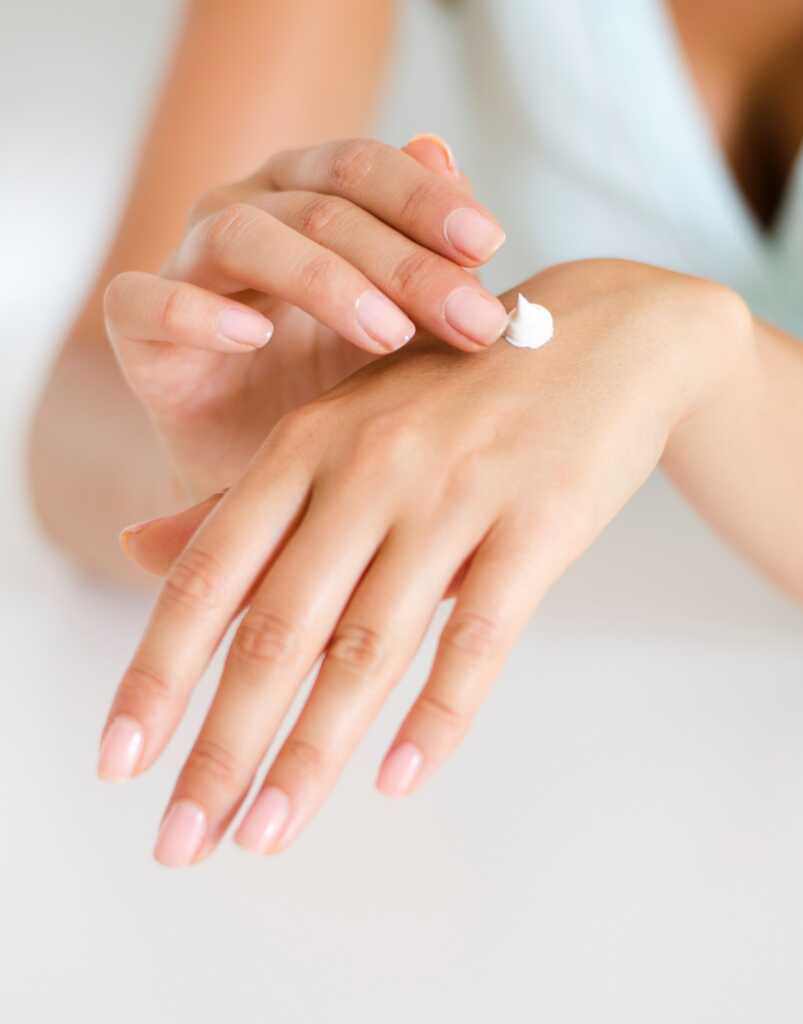
Are There Any Side Effects With Uremol?
Uremol is generally considered safe with no reported drug interactions. The most common side effects of urea-containing creams are[7][8]:
- skin irritation
- stinging (especially when applied to the face, broken or inflamed skin)
- itch
It is recommended to avoid using urea-based creams on[8]:
- irritated, infected, or open skin
- around the eye
Do not use this cream if you have an allergy or are sensitive to any of the ingredients in the cream. Uremol should be discontinued if you notice rash or irritation where you have applied the product.
Is Uremol Safe During Pregnancy?
There has not been any studies for use of topical urea during pregnancy and lactation[9]. If you are wanting to use this product while you are pregnant, discuss this with your doctor prior to starting the product. Uremol should not be used on infants, as the product can be absorbed into their skin at high concentrations (unless advised by your prescriber)[10].
Are All Of The Ingredients Safe?
Uremol contains the following ingredients we are concerned about:
- Parabens: parabens are preservatives used to prevent the growth of microbes. They are endocrine-disrupting chemicals that can be absorbed through skin, blood and the digestive system.
Bottom Line
Based on the evidence, Uremol is an effective and overall safe option for treatment of dry skin and conditions causing the thickening of the outer skin layer. Here are some pros:
PROS
- Urea is considered an effective over-the-counter product for a variety of skin conditions
- Uremol has minimal side effects
CONS
- Product contains parabens which can be harmful
- Can cause irritation to sensitive skin (avoid if this happens)
- Avoid if you are pregnancy or breast feeding (unless recommended by a health care professional)
- Avoid using in infants (unless recommended by a health care professional)
Where Can I Buy Uremol in Canada?
In Canada, this product can be bought in-person from any pharmacy or drug store or online from
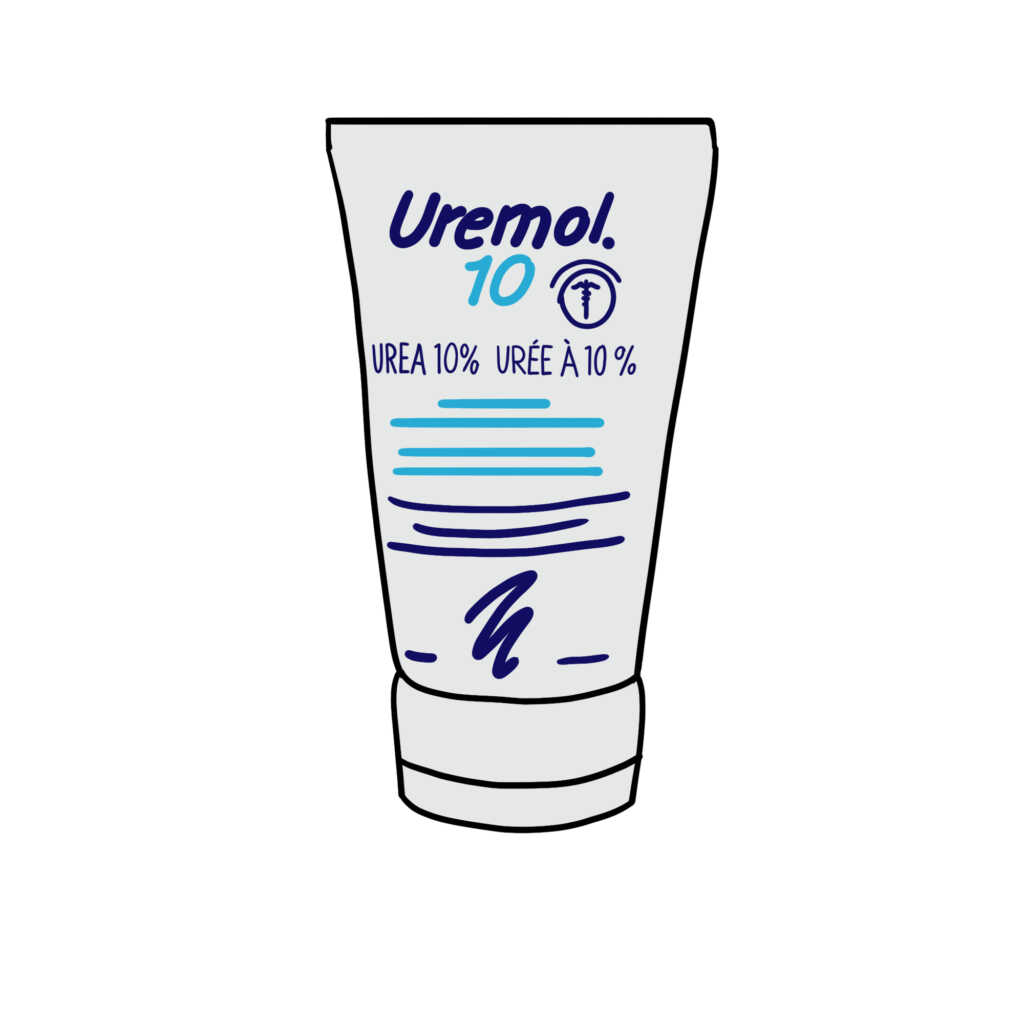
In Canada, this product can be bought in-person from any pharmacy or drug store.
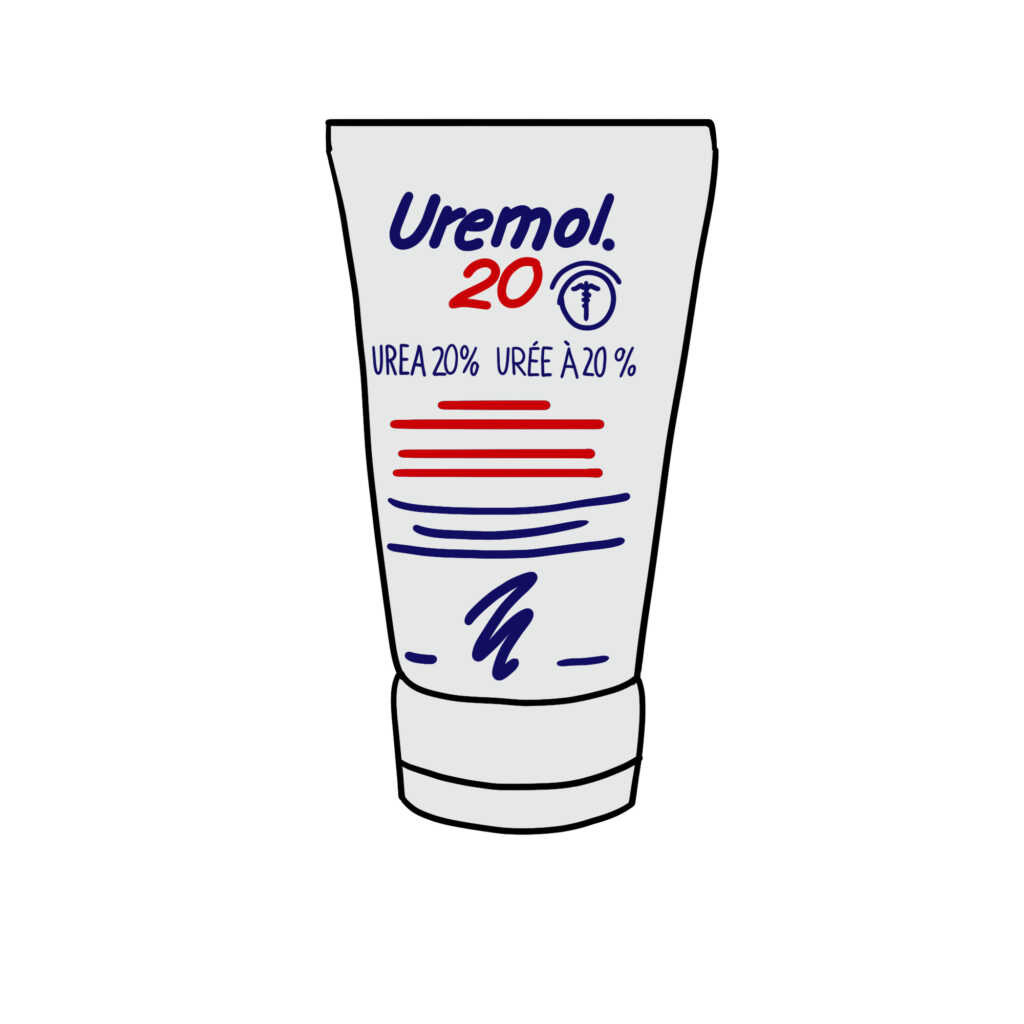
Authors:
Larissa Russell, Katelyn Gillanders and Angela Anana BSc. Pharm Candidate(s)
Faculty of Pharmacy and Pharmaceutical Sciences
University of Alberta
Edited and Reviewed By The Health Aisle Team
References:
1. Kleiman, N. (2014). Dry Skin. Compendium of Therapeutics for Minor Ailments (1st ed., p. 618). Ottawa: Canadian Pharmacists Association.
2. Odan Labs. (2019). Retrieved from: https://odanlab.com/uremol/
3. Uremol 10 (2015). Retrieved from e-CPS. https://www.e-therapeutics.ca/login
4. Regier, L. Downey, S. (2004). OTC Moisturizer & Tar Products 2004 (Dermatitis, dry skin, psoriasis). Retrieved from: https://www.rxfiles.ca/
5. Hantschel, D., Sauermann, G., Steinhart, H., Hoppe, U., & Ennen, J. (1998). Urea Analysis of extracts from stratum corneum and the role of urea-supplemented cosmetics. Journal of Cosmetic Science,49, 155-163
6. Celleno, L. (2018). Topical urea in skincare: A review. Dermatologic Therapy, 31(6). https://doi.org/10.1111/dth.12690
7. Pan, M., Heinecke, G., Bernardo, S., Tsui, C., & Levitt, J. (2013). Urea: A comprehensive review of the clinical literature. Dermatology Online Journal,19(11). Retrieved from https://escholarship.org/uc/item/11x463rp
8. AHFS Drug Information (2015). Uremol. Retrieved from https://www-medicinescomplete-com.login.ezproxy.library.ualberta.ca/mc/ahfs/2010/a382436.htm
9. Briggs (2015). Urea. Drugs in Pregnancy and Lactation: A Reference Guide to Fetal & Neonatal Risk.9th ed.
10. Martindale (2007). Urea Cream. Retrieved from; https://about.medicinescomplete.com/publication/martindale-the-complete-drug-reference/
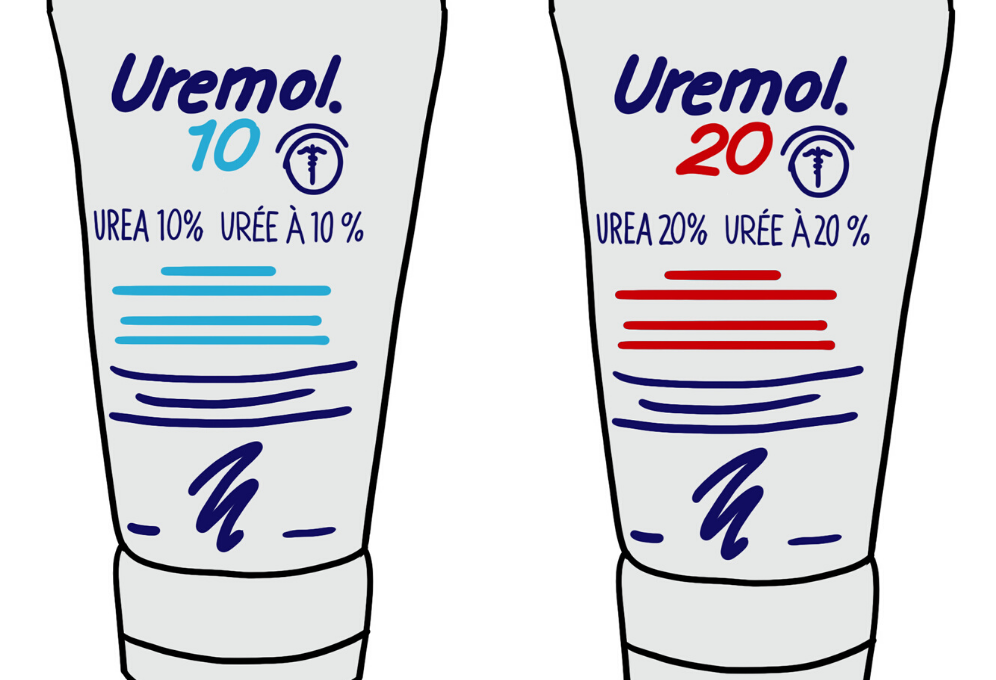
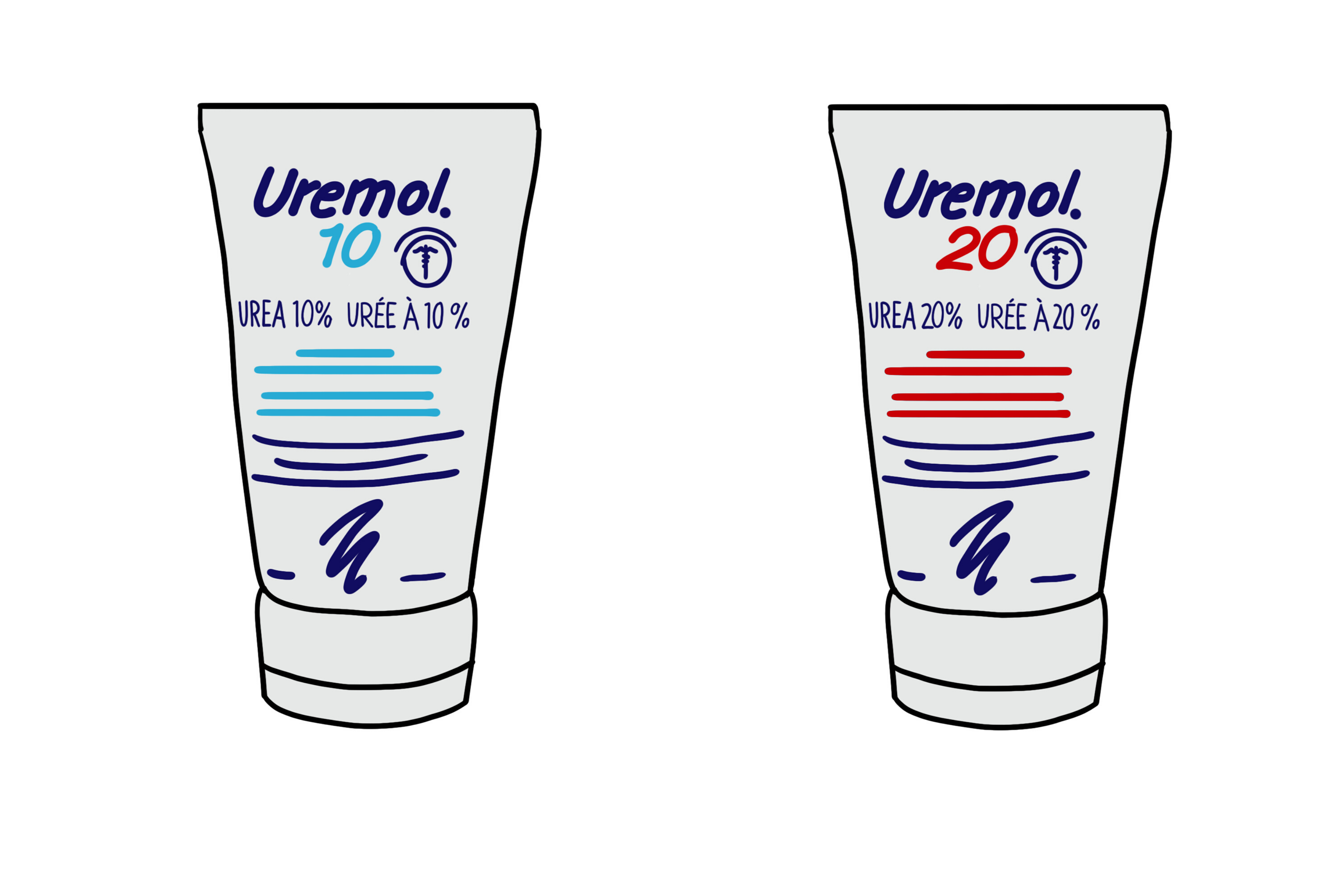
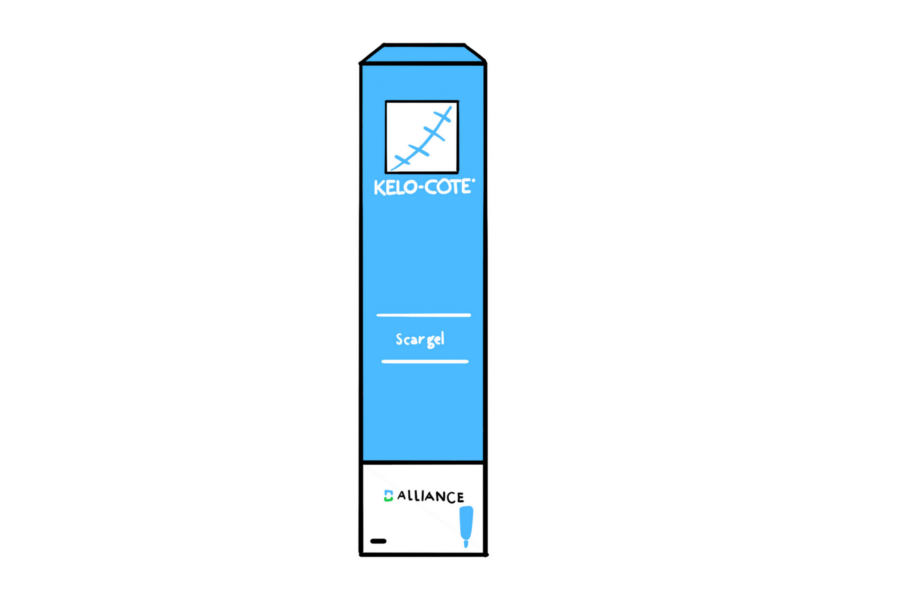
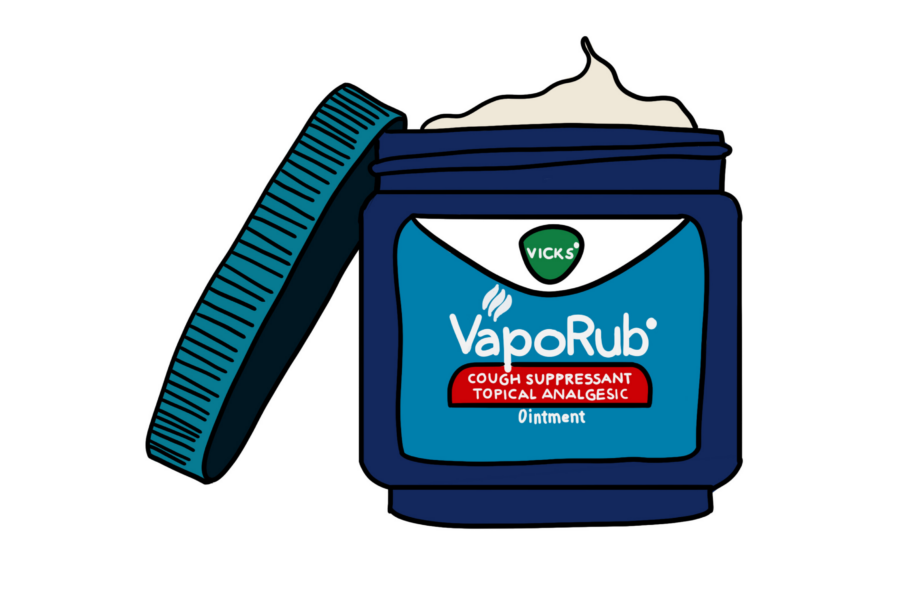

Leave a Comment